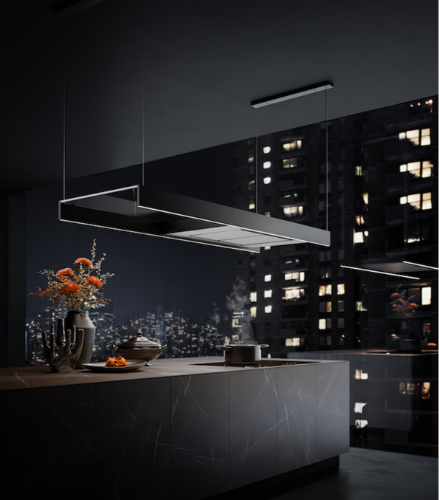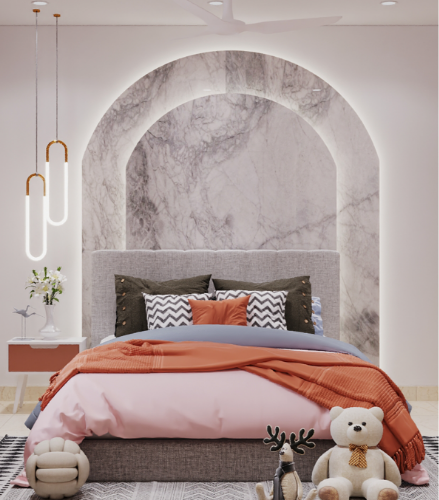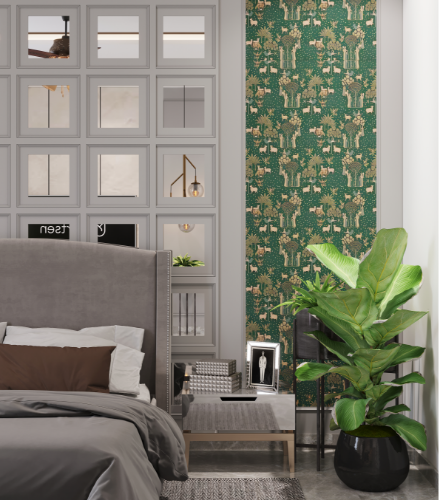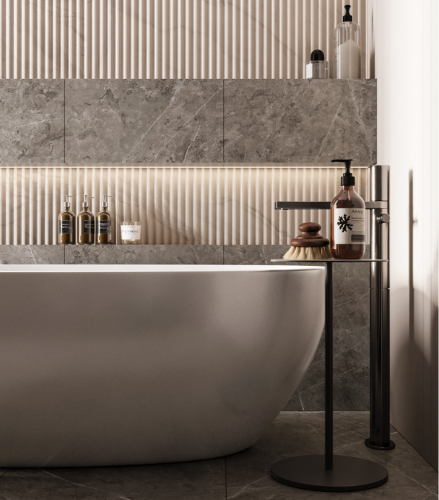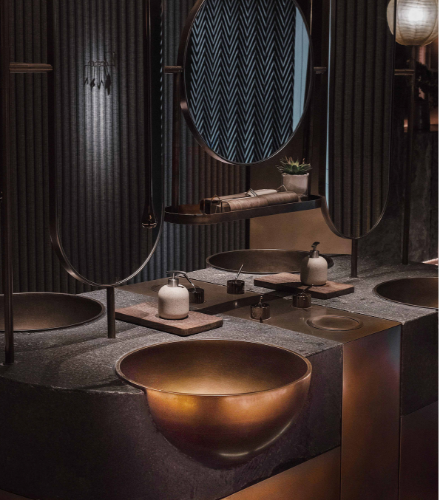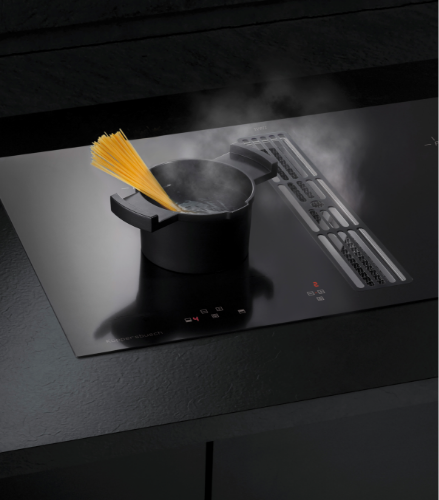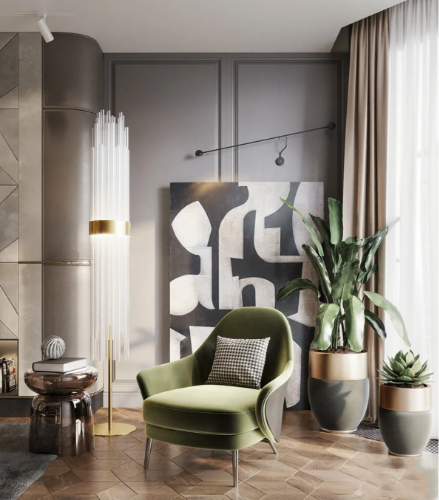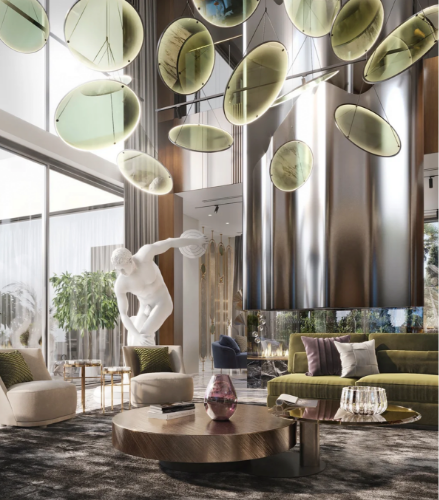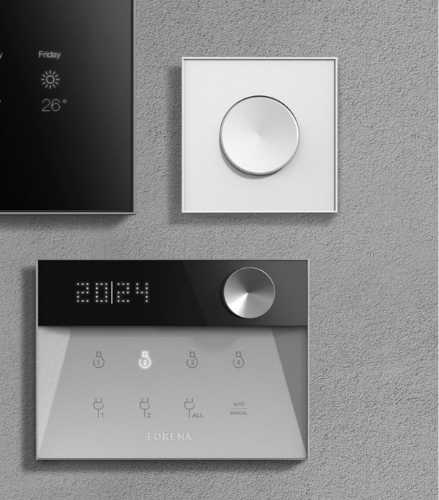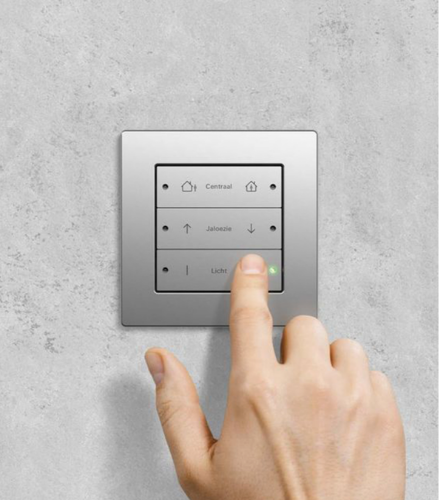The Psychology of Interior Design: Understanding how Design Affects Mood

More often than not, most people think about interior design as a way of making your home look good. However, it’s so much more than that. Some would even go as far as to say there’s actual science and thought that goes into crafting suitable home interiors. These minuscule intricacies might seem uneventful, but they play a key role in how your home interiors might affect your mood. In numerous instances, a home may appear visually appealing, but fail to exude the desired ambience and vibe. Since most of us buy a home for the long run and the costs accompanying decorating a home can be subsequent, it’s vital you get it right on the first go. This blog will walk you through the psychology of interior design and how it can affect your mood, so you can make the right decision for your home.
Also Read: What makes Mediterranean Interior design so special?
The Role of Colour in Interior Design
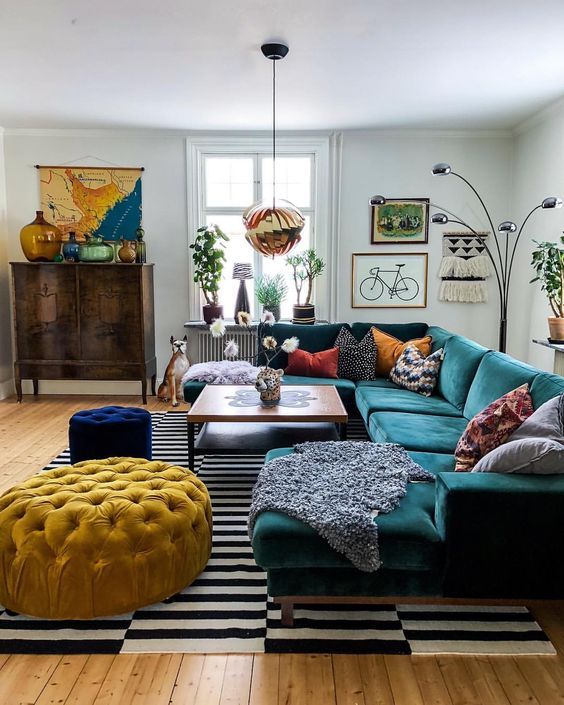
Knowing or unknowingly humans have been known to be influenced by the colours around them. For instance, colours act as visual cues that guide your attention. Advertisers across the globe utilise the same principle to manipulate buying decisions of their customers or to make their products stand out – more often than not, these techniques are rewarding when used correctly.
Even when you look at colours from an evolutionary standpoint, our brains are hardwired to seek out objects that stand out from their surroundings because of their vivid colours. And it’s the same with your emotions, while warm colours are known to evoke powerful emotions, cool colours can trigger calm and serenity.
It’s the balance of these colours that transform a room into the perfect habitat for you to live in. Design professionals meticulously balance different colours in all the rooms in your home to help them differ from each other and set a varying ambience for every mood. For instance, a living room should evoke emotions of excitement or maintain the energy that helps the flow of communication, consecutively the room should be showered in warm colours. But the same cannot be said about bedrooms, which are considered an area for relaxation.
Also Read: Make your Walls POP with Unique Wall Paint Combinations
The Importance of Lighting in Interior Design
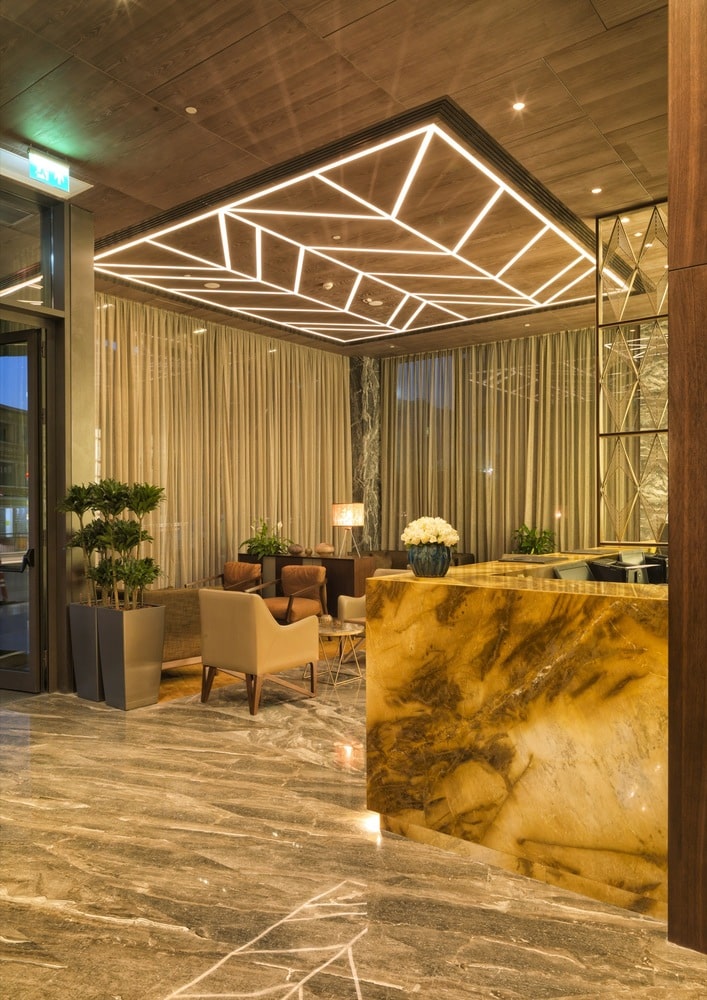
Lighting in all regards is the most pivotal part of interior design, you can think about it this way – without proper lighting, you won’t be able to adhere to the complete aesthetics of your home. However, that doesn’t mean stuffing a bunch of lights throughout your home, adequate placement and quantity are as important as the light itself. And when it comes to how light affects your mood and behaviour, a well-lit space will keep you productive and in many senses energetic, whereas dark spots or the absence of enough light can make you drowsy and lethargic.
With so much demand for proper lighting, companies across the globe have introduced numerous types of lighting solutions to meet every need someone might have. Let’s take a look at the most commonly used lights in interior design:
- Task Lighting – Task lighting can be described as focused lights that are concentrated in a specific spot to increase illumination.
- Ambient Lighting – Ambient lights as the name suggests, help create an ambience in the room to match the decor. More often than not, these lights are dimmable to match the time of the day.
- Accent Lighting – Though these are not necessary to illuminate a space properly, it serves as improving the aesthetics of the space. These lights can be often found on shelves, cabinets and toe kick lighting.
Rest aside, natural lighting has to be the most important aspect of lighting solutions in a home. Believe it or not, natural light is multi-functional and has a major impact on your mood. Regardless of how many artificial lights you install, the absence of natural light will always be irksome. Not to forget, the health issues the absence of natural light may cause. Thus, having natural light in your home is vital; you might want to consult with an architect to integrate natural light in your home properly.
Also Read: Lighting temperature and its effect on the design
The Impact of Textures and Materials on Interior Design
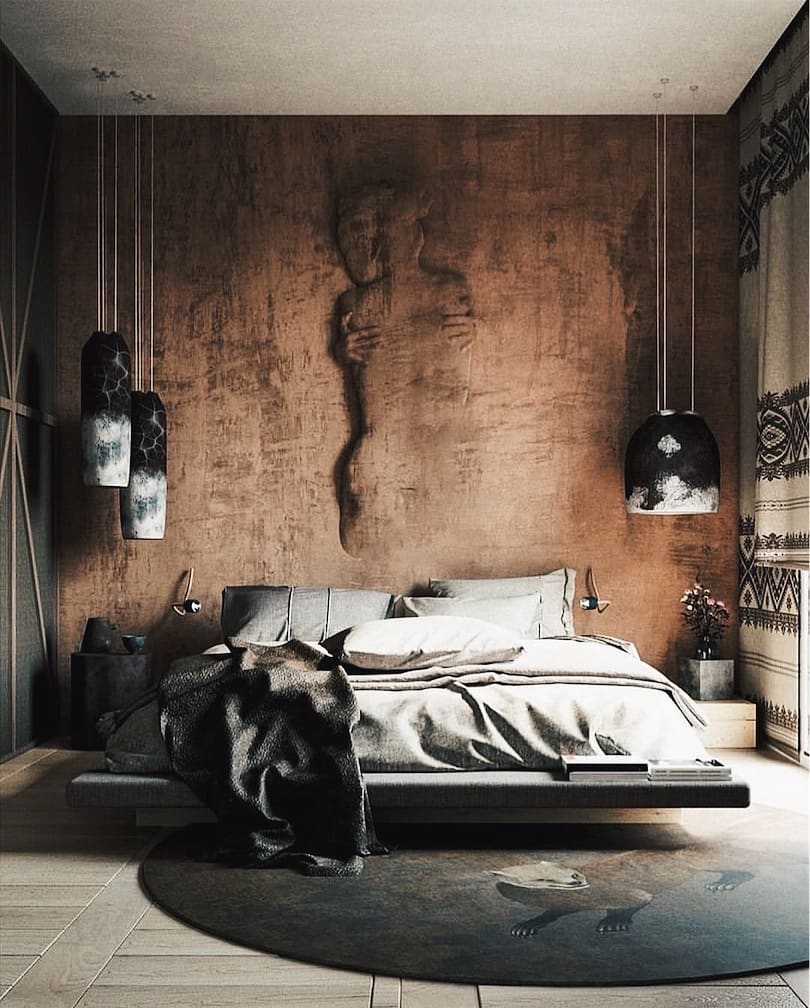
Akin to colours in a home, textures can transform the overall feel and vibe of a space by making the space feel more intimate. It’s the perfect solution for turning any room interesting by breaking the continuity. But textures don’t have to be limited to the walls, furniture can also add texture to your space. But having a texture in the space isn’t enough, you have to pair them with the right colour to get the full impact.
As for the materials, it highly depends upon the design story you want to instil in your home. For instance, a bohemian interior design will mostly have natural materials. A contemporary design story will have a mix of different materials. In recent times, people have moved towards a more sustainable design which includes stone, wood and other elements found in nature.
Also Read:5 Ways Interior Designers Get the Most Out of a Client’s Budget
To sum up – Interior design is an art that has been perfected throughout the years from its inception. There are a lot of things that go into designing the interiors of the room and every little element in the home is specially designed to elevate the quality of your life.

